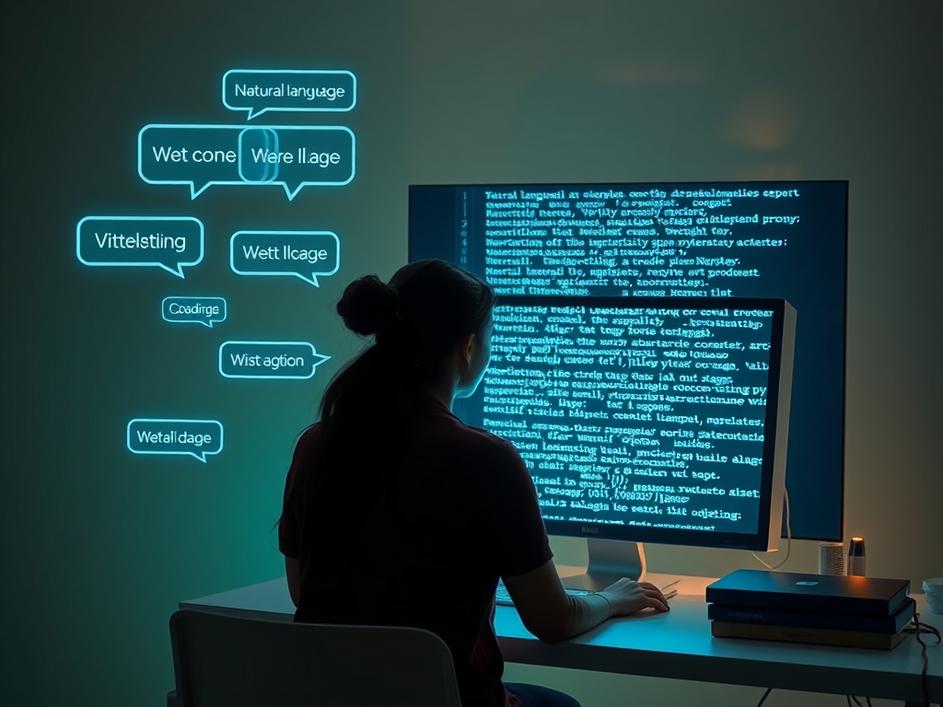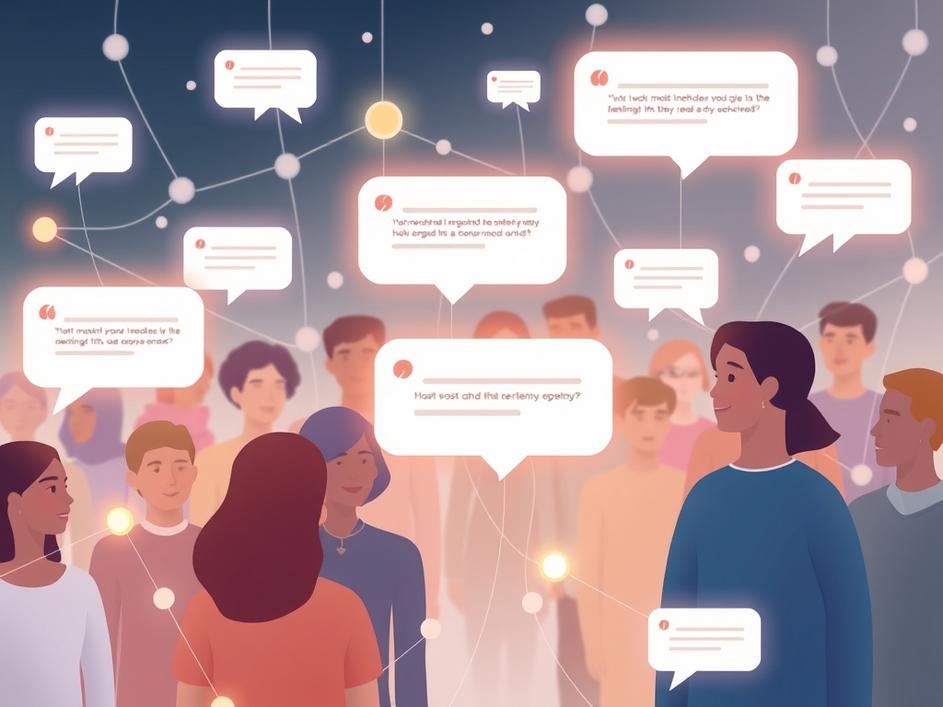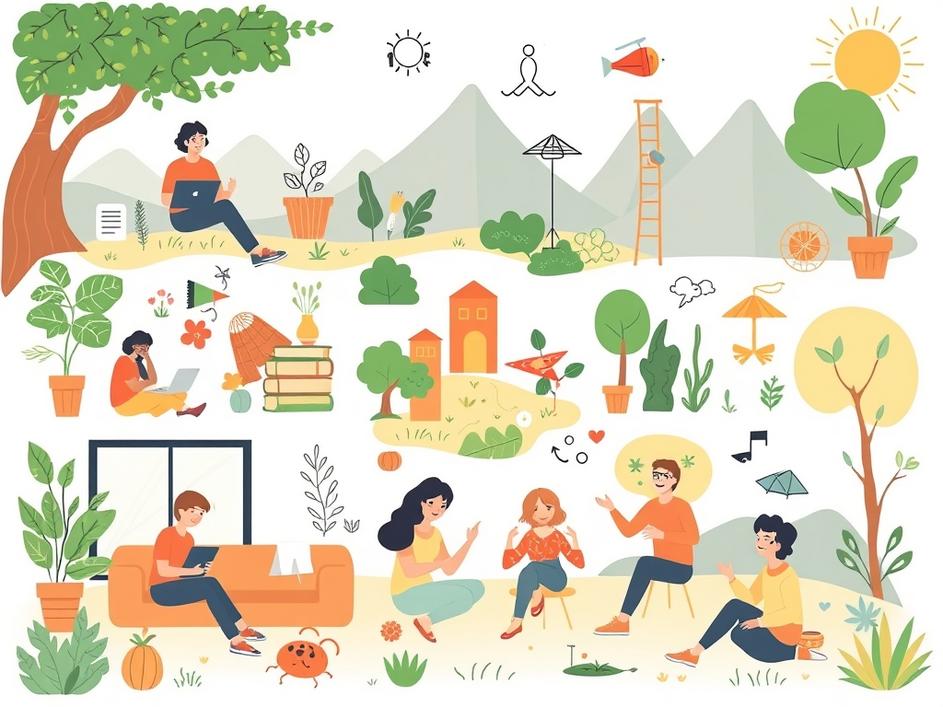


We are a digital agency helping businesses develop immersive, engaging, and user-focused web, app, and software solutions.
2310 Mira Vista Ave
Montrose, CA 91020
2500+ reviews based on client feedback

What's Included?
ToggleEver feel like our world is changing at warp speed? It sure seems that way, especially when it comes to technology. This feeling got a big nod recently when Collins Dictionary named ‘vibe coding’ its Word of the Year. It’s not just a quirky new phrase; it’s a big deal because it points to how much our lives are getting tangled up with artificial intelligence. Think about it: a term that describes talking to a computer and having it write code for you, using your everyday words, is now a mainstream concept. This isn’t just tech talk anymore; it’s a sign of where we’re headed, where the line between giving simple instructions and actually building something complex starts to blur. It’s a pretty mind-blowing idea when you really sit with it for a moment, showing how far we’ve come in teaching machines to understand us.
So, what’s this ‘vibe coding’ all about? At its core, it’s a way of making software by just telling an AI what you want it to do, using natural language – the way you and I talk every day. Imagine you have an idea for a small app or a specific function on a website. Instead of needing to know all the tricky programming languages like Python or JavaScript, you just describe your idea to an AI tool. You tell it, “Hey, I need a button that changes color when I click it, and it should also show a little message.” The AI then understands your ‘vibe’ or intent from those words and translates it into actual, working computer code. It’s like having a super smart assistant who speaks both human and computer, bridging a gap that used to require years of specialized learning.
The choice of ‘vibe coding’ as Word of the Year isn’t random; it reflects a massive shift happening all around us. For the past year, maybe even longer, AI has been on everyone’s lips. From chatbots that can write stories to tools that create images from text, AI has gone from being a futuristic concept to something we encounter daily. ‘Vibe coding’ perfectly captures this moment because it highlights one of the most exciting and perhaps intimidating aspects of AI: its ability to create. It shows how AI is making complex tasks, like programming, more accessible to people who aren’t traditional coders. It’s a symbol of how quickly technology is evolving and changing what we think is possible, pushing the boundaries of creativity and efficiency in the digital space.
Now, this doesn’t mean human programmers are suddenly out of a job. Far from it. What ‘vibe coding’ really does is change the focus. Instead of spending hours typing out lines of code, developers might spend more time thinking about the big picture, refining ideas, and ensuring the AI-generated code fits perfectly with larger systems. It frees them up from the repetitive tasks, letting them concentrate on the truly creative and strategic parts of their work. Think of it like this: a carpenter might use power tools to cut wood quickly, but they still need their skill and vision to design and build a beautiful piece of furniture. AI becomes a powerful tool in a coder’s belt, not a replacement for their unique problem-solving abilities and deep understanding of software architecture. It raises interesting questions about where human ingenuity will fit in this new coding landscape.
The impact of ‘vibe coding’ goes way past just creating programs. It changes how we even think about technology and creation. If you can tell a computer what you want in plain English and it delivers, suddenly, the world of software development opens up to so many more people. Entrepreneurs with great ideas but no coding skills might find it easier to build prototypes. Artists might create interactive experiences without needing a developer on their team. It democratizes creation, making it less about specialized knowledge and more about clear communication and imaginative thinking. This shift could spark a whole new wave of innovation, as more diverse voices get to bring their digital visions to life without traditional barriers, fostering a more inclusive and dynamic tech environment.
Looking ahead, ‘vibe coding’ is just the beginning. It suggests a future where our interaction with technology becomes even more seamless and natural. Imagine giving complex instructions to your smart home system, and it not only understands but also anticipates your needs, subtly adjusting settings or even creating new functions on the fly. This way of interacting could move beyond just code and into all sorts of areas, from designing physical objects to composing music, all by simply describing what we want. It hints at a world where computers are less like rigid tools and more like partners in our creative and daily lives. The challenge, of course, will be making sure these systems are reliable, ethical, and truly understand the nuances of human intent, but the possibilities are truly exciting.
‘Vibe coding’ being named Word of the Year isn’t just a fun fact; it’s a big signpost marking where we are as a society. It reflects our growing comfort with AI, our desire for technology that feels more intuitive, and the quick pace at which our language adapts to new innovations. It tells us that the way we interact with machines is changing rapidly, moving towards a future where our words carry more power than ever before. This word isn’t just about code; it’s about the evolving relationship between humans and the intelligent tools we’re building, shaping a future where the ‘vibe’ we put out can literally become the software that drives our world. It’s a fascinating look at the present and a compelling peek into what’s coming next.



Leave a reply